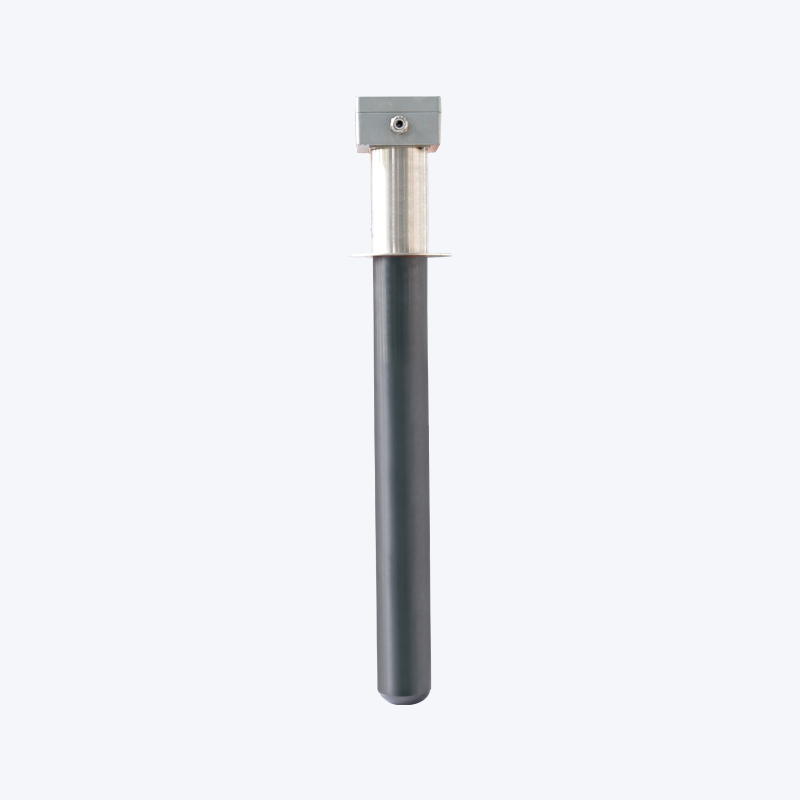Selecting and Maintaining Your HTA Immersion Heater
Choosing the right immersion heater for your industrial application is crucial for achieving optimal performance and cost-effectiveness. Among the myriad options available, the HTA High Reliability Immersion Heater emerges as a top contender due to its proven track record. However, selecting the appropriate model and implementing proper maintenance practices are equally important to maximize its benefits.
Factors to Consider When Choosing an HTA Heater
Before purchasing an HTA immersion heater, consider the following factors:
Application Requirements
What type of fluid will the heater interact with? Corrosive liquids may necessitate specialized materials like titanium or Hastelloy.
What is the required temperature range? Ensure the selected model can handle both minimum and maximum operating temperatures.

Heater Configuration
Flanged heaters are ideal for large tanks and vessels, while screw-plug designs work best for smaller setups.
Over-the-side heaters are perfect for situations where internal mounting isn’t feasible.
Power Supply
Verify the available voltage and amperage at your facility to ensure compatibility with the heater’s specifications.
Control Systems
Decide whether manual controls suffice or if you require automated systems with remote monitoring capabilities.
Certifications
Check for necessary certifications based on your industry (e.g., ATEX for explosive atmospheres).
Best Practices for Maintenance
To prolong the life of your HTA High Reliability Immersion Heater and avoid costly downtime, regular maintenance is essential. Here are some recommended practices:
Routine Inspections
Periodically check for signs of corrosion, scaling, or physical damage on the heating elements and terminals.
Ensure all connections are secure and free from moisture ingress.
Cleaning Procedures
Remove mineral deposits or contaminants from the heating elements using mild cleaning agents compatible with the material.
Avoid abrasive tools that could scratch or weaken the protective coating.
Calibration of Controls
Regularly calibrate temperature sensors and controllers to ensure accuracy.
Update firmware or software if applicable to access new features or improvements.
Operational Monitoring
Keep an eye on performance metrics such as current draw and temperature fluctuations.
Address anomalies promptly to prevent cascading failures.
Scheduled Replacements
Replace worn-out gaskets, seals, or other consumable parts before they fail completely.
Plan for periodic replacement of entire units if they approach the end of their service life.
Contact Us for Quotes and Prices!
Just let us know what you want, and we will get in touch with you as soon as possible!

 English
English 简体中文
简体中文












